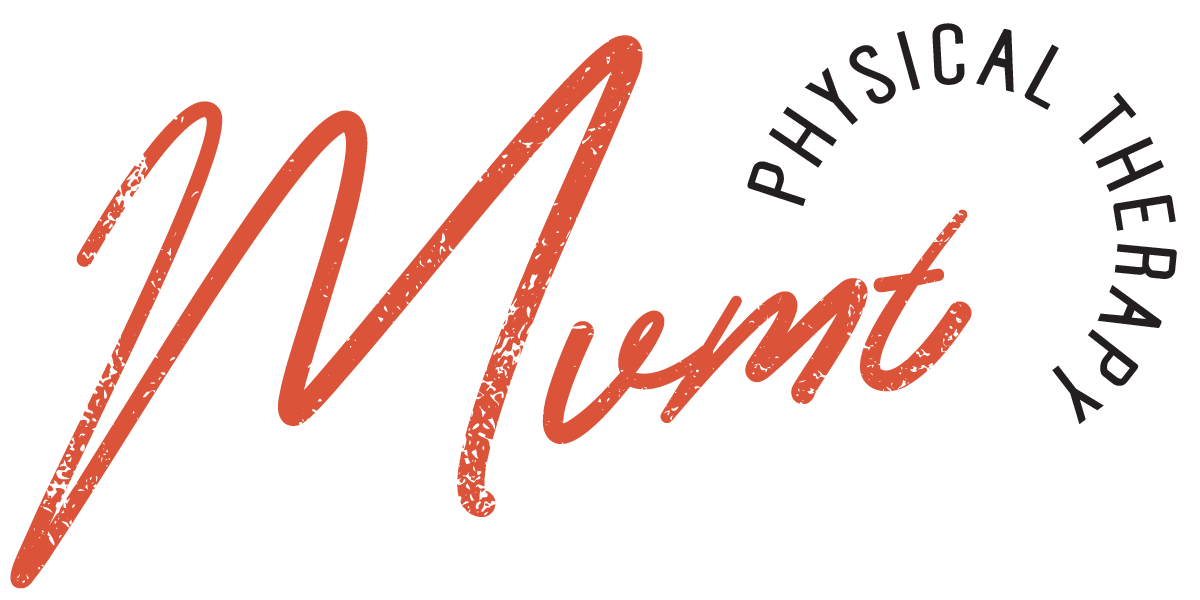Author - Anastasia Belikov, PT, Cert. MDT
Graduated with her DPT in 2017
https://www.linkedin.com/in/anastasia-belikov-pt24/
URL Copied!
The Spine
IN THE KNOW
Friday, May 26, 2023
The human spine is an incredible structure that provides support, flexibility, and protection to our bodies. Composed of vertebrae and intervertebral discs, the spine plays a vital role in maintaining our posture, facilitating movement, and protecting the delicate spinal cord.
The human spine is made up of 33 individual bones called vertebrae, which are stacked on top of one another in a column. These vertebrae are divided into five regions: cervical (neck), thoracic (upper back), lumbar (lower back), sacrum, and coccyx (tailbone). The vertebrae are connected by facet joints, which allow for movement and flexibility. Intervertebral discs, located between each pair of adjacent vertebrae, act as shock absorbers and help distribute forces throughout the cervical to lumbar spine. These discs consist of a tough outer layer called the annulus fibrosus and a gel-like inner core called the nucleus pulposus. The discs provide cushioning, maintain spacing between vertebrae, and enable flexibility.
Laying Down (Supine Position): When lying down in a supine position, the forces exerted on the spine are relatively minimal. The spine is in a neutral position, and the body weight is evenly distributed along the length of the spine, reducing stress on the discs and supporting structures.
Sitting: Sitting places additional stress on the lower back due to the increased pressure on the intervertebral discs. The lumbar region bears most of the load while sitting, and poor posture or prolonged sitting can lead to imbalances and discomfort. It is important to maintain proper ergonomics and take breaks to alleviate strain on the spine.
Standing: In a standing position, the spine supports the body's weight against the force of gravity. The lumbar region experiences the greatest compression forces, while the cervical and thoracic regions bear less weight. Maintaining good posture, including a neutral spine alignment, helps distribute the load evenly and reduces the risk of spinal injuries or chronic pain.
Bending: Bending or forward flexion of the spine places significant stress on the intervertebral discs, particularly in the lumbar region. The discs in this area are compressed and can bulge or herniate if excessive force is applied repeatedly or with poor form. It is crucial to engage the core muscles, use your legs, and lift heavy objects with proper techniques to minimize strain on the spine.
Understanding the anatomy of the human spine and the forces exerted on it during various activities is vital for maintaining a healthy spine and preventing injuries. The intervertebral discs play a crucial role in supporting the spine, absorbing shocks, and facilitating movement. By practicing good posture, maintaining a healthy weight, exercising regularly, and using proper ergonomics, we can promote spinal health and reduce the risk of back problems. Remember, taking care of your spine is an investment in your overall well-being and long-term mobility.



